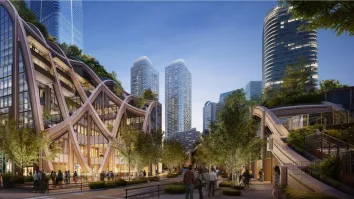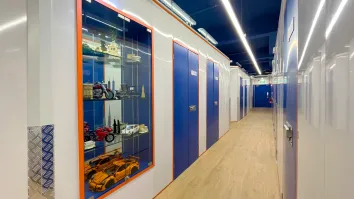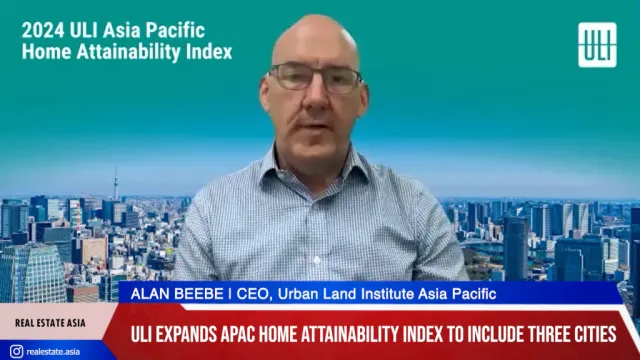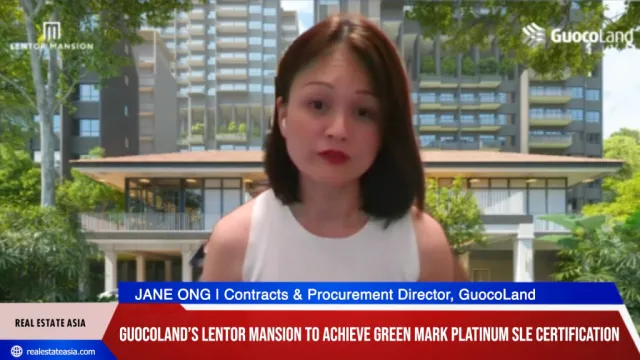
6 COVID-inspired changes developers are mulling over
Over four in 10 developers are changing designs that were once considered complete.
Latest research released by Knight Frank confirms that Covid-19 could impact the near-term supply and long-term design of housing around the world.
According to a survey conducted by Knight Frank amongst 160 global developers across 22 nations, almost six in ten global developers have delayed projects in response to the spread of the virus, as it broke down supply chains and prompted a wholesale rethink of how and where people want to live. Of those with delayed projects, more than four in ten are now making changes to designs that were once considered complete.
Flora Harley, Associate, UK Residential Research, Knight Frank says, “While it is still too early to confirm the lasting impact of the pandemic on the development landscape, it is clear that it has accelerated pre-existing trends and prompted new ideas for current and future developments.
“Yet, what cuts through the findings of the research is the importance of not overreacting to the immediate fallout from the crisis. There is little evidence pointing to the need to design for future lockdowns or specified meterage for social distancing.”
While developers will likely temper their urge to radically reshape development designs initially, Knight Frank’s survey confirms a desire to consider potential Covid-19 inspired changes, including:
- Space for home offices: Three-quarters of developers are more likely to consider advanced telecommunication and space for home offices to allow for continued flexible home working
- Healthier and greener living: 38% of developers are more likely to consider facilities for bicycles, compared to only 17% that are more likely to consider parking space availability
- Urban appeal: Whilst 41% of respondents said they would be looking to develop in a mix of locations, cities, second-home and rural areas, 45% said they were more likely to solely focus on cities
- Mixed-use schemes: A third of developers are considering adjusting the mix of residential and commercial elements in schemes. From rentable desk space and individual pods to business suites, it will be interesting to see what this will look like in practice in the future
- Closer to home: Following a period of unprecedented restrictions on movement, two in five developers said they would be more likely to be sensitive to the requirements of the domestic market
- Virtual viewings: Almost two-thirds of respondents see sales geared towards virtual offerings from now on. This enables a more inclusive sales process with buyers able to have the architect or designers speak directly to them, via webinars for example, enabling more interaction with the developer and a better experience
Alice Tan, Head of Consultancy, Knight Frank Singapore, shares, “Covid-19 has altered what homeowners need for their home – where there is a higher requirement to rest, work and enjoy activities in the same unit without experiencing over-integration of work and life. Notwithstanding that many residential developments in Singapore have obtained planning approvals pre-Covid, developers’ considerations in home design elements that encapsulates functionality, usage flexibility, wellness and some form of social distancing features in communal facilities are starting to brew. With heightened awareness and requirement for health and convenience, we could see projects that have these elements, as well as projects with retail amenities and proximity to parks and gardens to possibly receive greater interest.”
Evan Chung, Head of KF Property Network in Singapore, comments, “In Singapore, the residential purchasing sentiment on the ground in the recent months has been seen to favour larger sized homes, particularly those which already have a study area or present an opportunity for carving one out within bedrooms or the living area. This has arisen from the fact that working from home for a portion of each work week could very well remain as the norm going forward. Nonetheless, the shift of demand for upgrading a full room size, from a 3-bedroom unit to a 4-bedroom one, has still been muted except for the usual reasons of expansion of family size.”
With housing delivery a high priority in many markets, the research also examined some of the biggest constraints that developers are facing.
Harley continues, “According to our survey respondents, funding is the biggest barrier to global development, with just under a third citing it as their biggest concern. Some markets have seen a reduced number of lending facilities offered to developers.”
“At the moment there is decreased bank appetite for developer lending and in some markets the pre-sales requirements make it hard to begin construction. One way for governments to spur construction would be to facilitate lending, perhaps through a combination of guarantees or loans. This would crucially remove one of the biggest hurdles in development and enable ground to be broken.”
Second to funding, was the threat of further property market taxation and regulation, with planning and travel restrictions also seen, but to a lesser extent as barriers to overcome in the near-term.
Branded residences have seen a surge in popularity over the last 20 years and the pandemic has highlighted some of the advantages of such developments. From the lock up and leave element to the stringent maintenance procedures offered by foremost hospitality providers. The sector may face some challenges in the wake of Covid-19 but is likely to evolve in new and interesting ways.
Alexander Lewis, Partner, Residential Development at Knight Frank says, “The ‘lifestyle revolution’ that is occurring will bring with it opportunity for branded residences, especially where relative value, best in class product or safe haven status can be demonstrated.”



















 Advertise
Advertise






